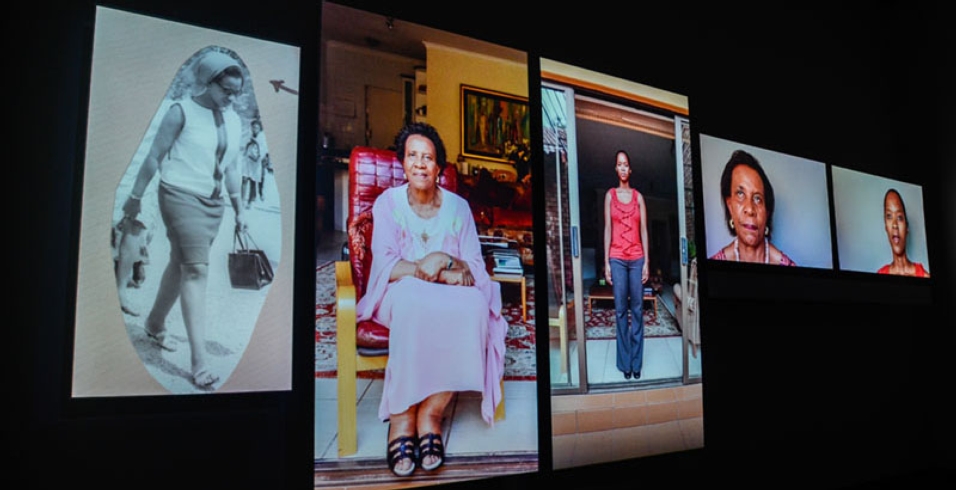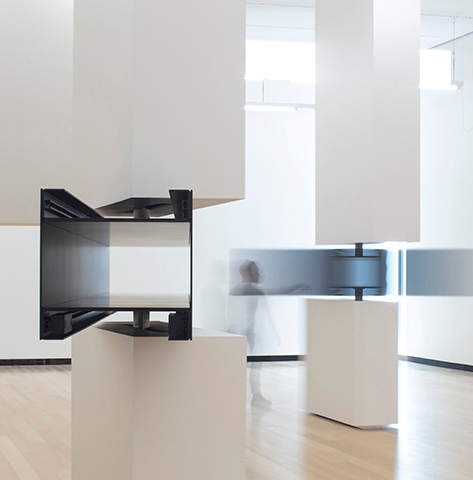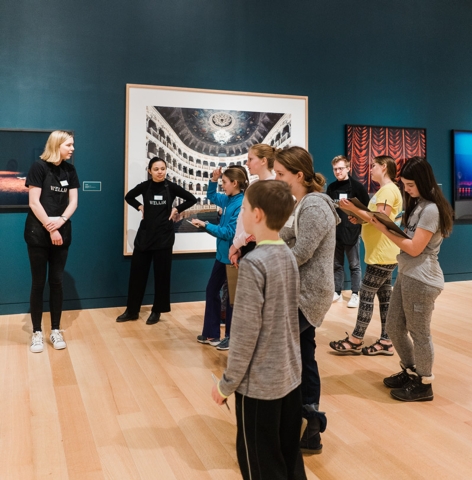Heather Ainsworth ©

Although African nations have many different cultural themes, these nations share a lot in terms of political issues. Historically, African nations have been affected by a rich combination of colonization, tyrannical governments and color-related identification, all of which became inseparable from their culture. The upcoming exhibition at Wellin Museum, Senses of Time, ties the video artworks of seven African artists into a compelling exploration of the obstacles that African cultural identity has faced across the ages. This exhibit, curated by Karen E. Milbourne of the Smithsonian National Museum of African Art and Polly (Nooter) Roberts, professor of world of arts and cultures/dance at UCLA, represents the cyclical perception of time in Africa, which is intrinsically different from the linear, developmental way time is perceived in the Western world. Senses of Time opens at Wellin Museum this Saturday, Sept. 10.
Egyptian artist Moataz Nasr created The Water, a record which captures the reflections of his compatriots on puddles in the streets of Egypt. After the viewers see all characters, boot-clad feet abruptly step on each reflection, completely distorting its features. The people’s goals and opinions have been rejected by their political leaders who used force to put an end to their voices. The Water stands as an eloquent expression of the coercion Egyptian society has witnessed before and after the revolution of Jan. 25, 2011. A real water pool has been installed beneath the wall on which the clip will be projected, where viewers will see the reflections of Egyptian citizens on its surface. The ability to have such a tangible and authentic exposure to The Water will indeed deepen the viewer’s understanding of the Egyptian ordeal at hand and make it an unforgettable experience.
Through Un Ballo in Maschera (A Masked Ball), Nigerian artist Yinka Shonibare MBE introduces an uncommon representation of African elements as fundamentally inspired and created by European culture. Many African countries were colonized by different European empires in the late 19th century. The brightly-colored clothing that African culture has been associated with was originally invented by Dutch and English colonizers. The ball takes place in a large, breathtaking studio (a real one, not 3D-model) which allows for picturesque footage from various angles. Shonibare shows a male and female performing an old European dance in Victorian-style clothes for which the fabric is vibrantly-colored traditional African material. Surprisingly, one of the dresses has a Chanel emblem on it. Shonibare’s artwork astounds viewers with a complex, styled dance that presents “traditional” African clothing as an inheritance from European colonizers.
“Placing these artworks in dialogue represents the diversity of African cultural perspectives,” said Megan Austin, associate director at the Wellin Museum. The artworks are organized in a random order, where viewers would not know if any artwork in the exhibit is associated with beginning or end points, emphasizing the cyclical quality of time in the African sociopolitical perspective. Similar challenges related to color, original identity and culture repeat themselves in Africa amidst its peoples’ constant attempts to catch up with governmental developments in the world.
This is the first time a video and film-based exhibit has been featured at Wellin, according to Austin. “The most challenging part of orchestrating this exhibition has definitely been the technical work necessary to show the digital artworks,” she explains. Behind the scenes of the Wellin gallery, there have been diligent preparations for an as-authentic-as-possible experience of the unique artworks. Christopher Harrison, building manager and museum preparator at Wellin, explains that the 15 projectors of clips and nine independent sound systems were hidden inside the building’s walls, an unorthodox and labor intensive way of installing projectors. This ensures that the audience is completely immersed in the contemplation of the artworks without any other visual distractions on the walls. The gallery space at Wellin is quite flexible for showcasing different kinds of works due to the technique of mobile walls. According to Harrison, these walls are made of 2-inch plywood and have vacant slots at the bottom which allows their attachment to a machine that moves them to different locations in the gallery. Up-to-the-ceiling walls are used to house the projectors and other wires. Harrison explained that mobile walls are used to their ultimate potential by recycling the ones for which the measurements are suitable to be used in more than one exhibition. Large areas on walls and floor spaces are dedicated for projecting each clip. Ceiling-height walls separate each projecting space from the others so that the audience has the opportunity to appreciate each artwork individually, without having aural or visual intervention from other exhibits. “The goal in developing these preparations is to have no detraction from the artworks. Presenting artworks requires more than hanging them properly, part of our job is to make viewers experience these artworks in a meaningful way,” Austin confirmed.
Senses of Time is also in display at the Smithsonian American Art Museum and Los Angeles County Museum of Art (LACMA). Concurrent showcasing of the same artworks at more than one museum is certainly a feature unique to digital artworks. Interestingly, fans of fine arts will have the ability to learn about the different responses that Senses of Time evokes from people between the east and west coasts of the United States.







